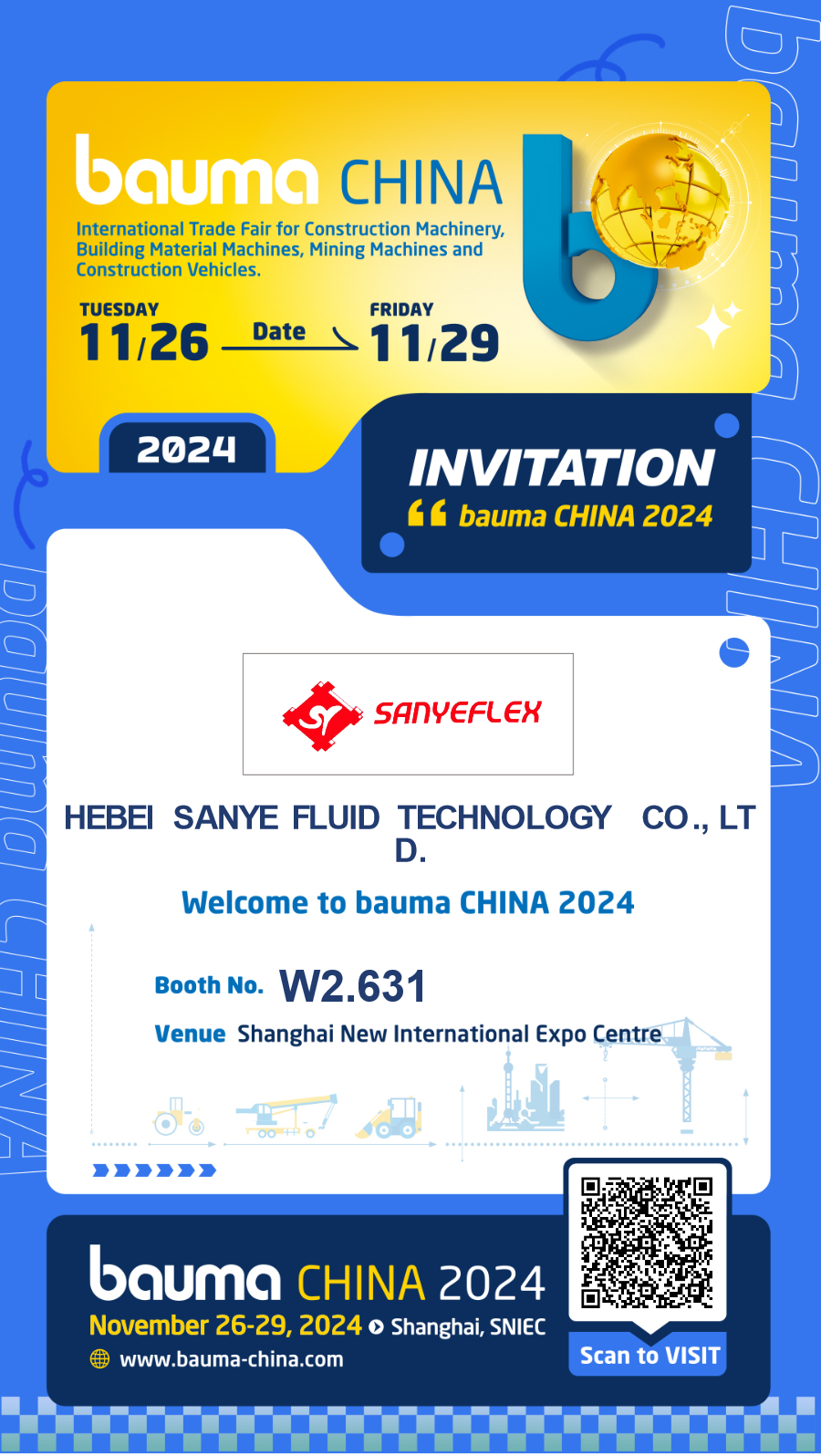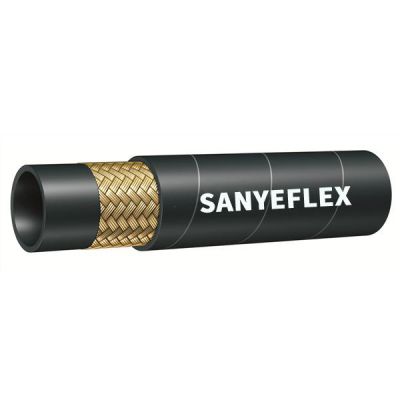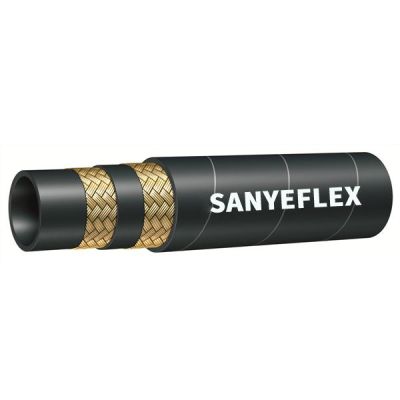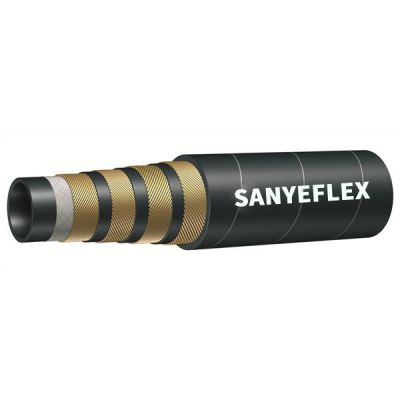Oct. 16, 2024
Fiber braided hydraulic hoses are essential components in hydraulic systems, designed to carry hydraulic fluids under high pressure. These hoses are reinforced with synthetic fibers, offering flexibility, strength, and durability while maintaining their lightweight structure. They are used across industries, from agriculture to automotive, to transfer hydraulic energy between various system components.
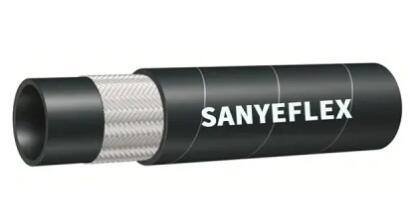
The performance of a fiber braided hydraulic hose is largely due to its structure, which consists of three key layers:
Inner Tube: The inner tube is made from oil-resistant synthetic rubber, ensuring smooth and leak-free fluid flow. This tube is highly resistant to hydraulic fluid corrosion.
Reinforcement Layer: This layer consists of braided synthetic fibers, such as polyester or aramid, which provide strength to withstand high pressure. The braiding ensures flexibility without compromising the hose’s pressure capacity.
Outer Cover: The outer layer is a protective rubber coating designed to resist abrasion, chemicals, and harsh environmental conditions. It safeguards the inner layers from external wear and tear.
Fiber braided hydraulic hoses function by transferring hydraulic fluid, usually oil, between the pump, valves, and actuators in a hydraulic system. As the hydraulic fluid is pressurized, it moves through the hose’s inner tube. The fiber braiding provides the hose with the necessary strength to withstand this pressure without bursting, while also maintaining flexibility to allow movement and bending within the system.
When a hydraulic system operates, it generates significant force. The fiber-reinforced layer of the hose allows it to handle pressure spikes and continuous operation at high pressures, ensuring a reliable flow of hydraulic fluid to power the mechanical components.
Fiber braided hydraulic hoses offer several advantages:
Flexibility: Unlike steel-reinforced hoses, fiber braided hoses provide excellent flexibility, which makes them ideal for installations in tight spaces or areas where the hose needs to bend and flex regularly.
Lightweight: The use of synthetic fibers reduces the overall weight of the hose, making it easier to handle, install, and transport.
Cost-Effective: Fiber braided hoses tend to be more affordable than their steel-reinforced counterparts, making them a popular choice for moderate-pressure applications.
Durability: These hoses offer good resistance to wear, abrasion, and chemicals, ensuring a long service life when properly maintained.
Fiber braided hydraulic hoses are widely used in applications where flexibility and moderate pressure resistance are required. Some common applications include:
Agricultural Equipment: They are used in tractors, harvesters, and other machinery that require reliable hydraulic fluid transfer for lifting and operating attachments.
Automotive Systems: These hoses are found in power steering systems and hydraulic brakes, where both flexibility and durability are critical.
Light Industrial Machinery: Used in forklifts and material handling equipment to transfer hydraulic fluid for lifting and moving loads.
To ensure the longevity of fiber braided hydraulic hoses, regular maintenance is crucial. Periodically inspect hoses for signs of wear, leaks, or kinks, and replace damaged hoses immediately. Store hoses in a cool, dry environment to prevent premature aging or damage to the outer cover. By keeping hoses clean and properly stored, you can extend their service life and ensure safe hydraulic system operation.
Fiber braided hydraulic hoses are an excellent choice for many hydraulic applications due to their flexibility, lightweight design, and durability. They are highly reliable in moderate-pressure systems and offer a cost-effective alternative to steel-reinforced hoses. To learn more about these hoses or to find the right supplier, feel free to contact us for expert advice.
Our Customer
Tel.: +86 400 0318 111
Email: admin@sanyeflex.com
Add.: #218 Zhongke Street, High-tech Zone, Hengshui City, Hebei Province, China
